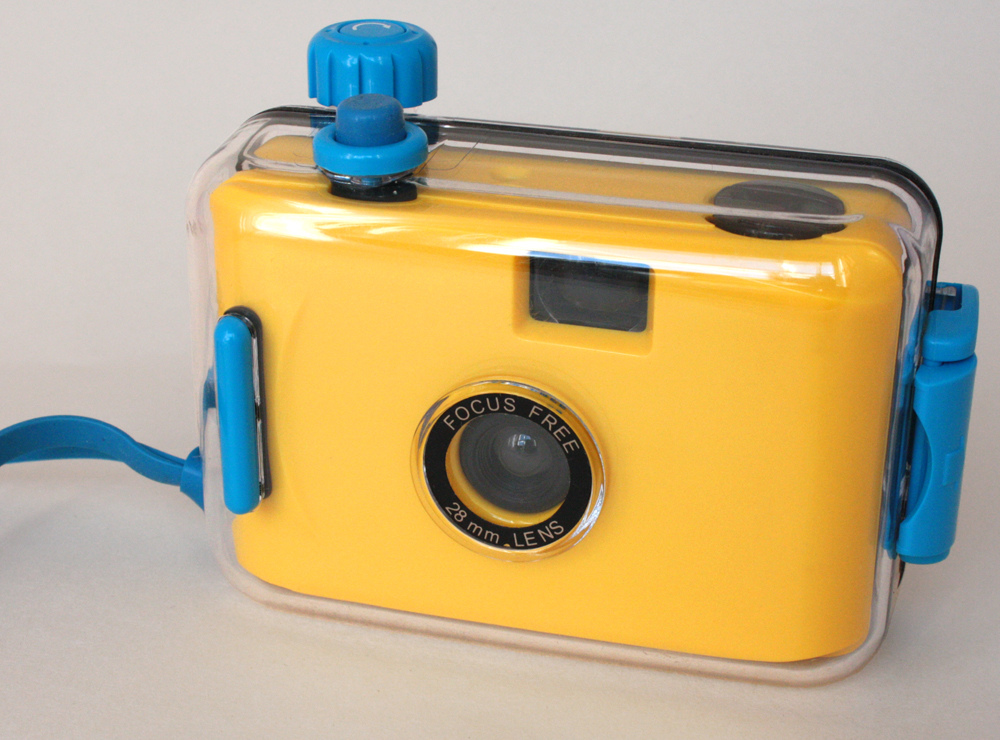<p style="text-align: justify;">Underwater cameras are a deceptively simple piece of modern technology. Although the basic principles that underlie the science of underwater cameras are simple, the results are extraordinary. There are multiple types of cameras, intended for different depths and pressures, and they can all be customized for various water and lighting conditions. After all, the water a hundred meters below the Arctic Ocean is very different from the water at the bottom of a swimming pool.</p>
<p style="text-align: justify;"><img class="aligncenter size-Correct wp-image-6877" alt="The Science Behind Underwater Cameras" src="https://medusamagazine.com/wp-content/uploads/2013/09/UnderwaterCamera-600x444.jpg" width="600" height="444" /></p>
<h3 style="text-align: justify;"><strong>Optical Challenges Of Underwater Photography</strong></h3>
<p style="text-align: justify;">Light travels differently through water than it does through air. Light is absorbed, so all photography underwater is low-light photography. Sunlight does not penetrate and man-made lights do not project as far. Light is scattered, so colors are desaturated and lost. Most importantly for the photographer, light is refracted. Refraction, which is the phenomenon by which water distorts the light, is very perceptible. The density of the liquid causes a perceptible drag on waves of light as they move through it, forcing the path of the light to curve. This causes tremendous issues when shooting photos from water into air, more or less precluding any possibility of meaningful photography. It also causes the light in the water to have a greater bend in its path than it would in air. This means that every molecule of water acts as a wide-angle lens, increasing the field of view by as much as 25%. It is possible to see more of an object when you are close to it, but that same object will also dwindle more rapidly when it recedes into the distance. The combination of these effects means that an underwater object cannot easily be seen, or photographed, until it is very close to the viewer and extremely well lit.</p>
<p style="text-align: justify;">http://www.ndt-ed.org/EducationResources/CommunityCollege/Ultrasonics/Physics/refractionsnells.htm</p>
<h3 style="text-align: justify;"><strong>Physical and Mechanical Difficulties Of Photography Underwater</strong></h3>
<p style="text-align: justify;">The major challenge to any human activity underwater, especially photography, is water pressure. Waterproofing is trivial at the surface. Most cameras are naturally water resistant, and it does not affect the operation of digital or film cameras at all to encapsulate them in an impermeable case. As long as the lens is transparent, the camera will function perfectly. However, water pressure becomes a serious hardship for humans and their equipment at very small depths. Ten meters below the surface of the water the pressure is already twice what it is at the surface. It is impossible to go further than forty meters below the water without special training and equipment. These depths are nearly as hard on camera equipment as they are on human eardrums and skin. Water begins to force itself into the most microscopic faults in the casing, damaging the expensive equipment. Lens mountings warp, casings and lenses crack, and digital components short out.</p>
<p style="text-align: justify;">Salt water and other particulates have deleterious effects on equipment as well. Salt is notorious for corroding and encrusting equipment, so any underwater camera should be soaked in freshwater and thoroughly cleaned after each use. Dirty water, river bottoms filled with sediment, and chemically polluted underwater environments can all harm cameras very quickly. Underwater cameras for difficult circumstances require extra care and attention in production.</p>
<p style="text-align: justify;">Very cold and very warm water also require consideration. Although the water cannot possibly get below 0 degrees Celsius, near-freezing temperatures cause mechanical objects to twist, warp, and malfunction. Metal housings are especially prone to this effect. Hot water has similar difficulties, but it is more common for the heat to cause metal casings to expand and leak.</p>
<p style="text-align: justify;"><strong>Byline</strong></p>
<p style="text-align: justify;">Frederick Gunderson is a freelance writer mainly focusing on gadgets and gadget accessories; those with iPads in search of accessories should take a peek at the kensington ipad bluetooth keyboard from kensington.com.</p>
<p style="text-align: justify;">Image credit goes to awcam.</p>

The Science Behind Underwater Cameras
